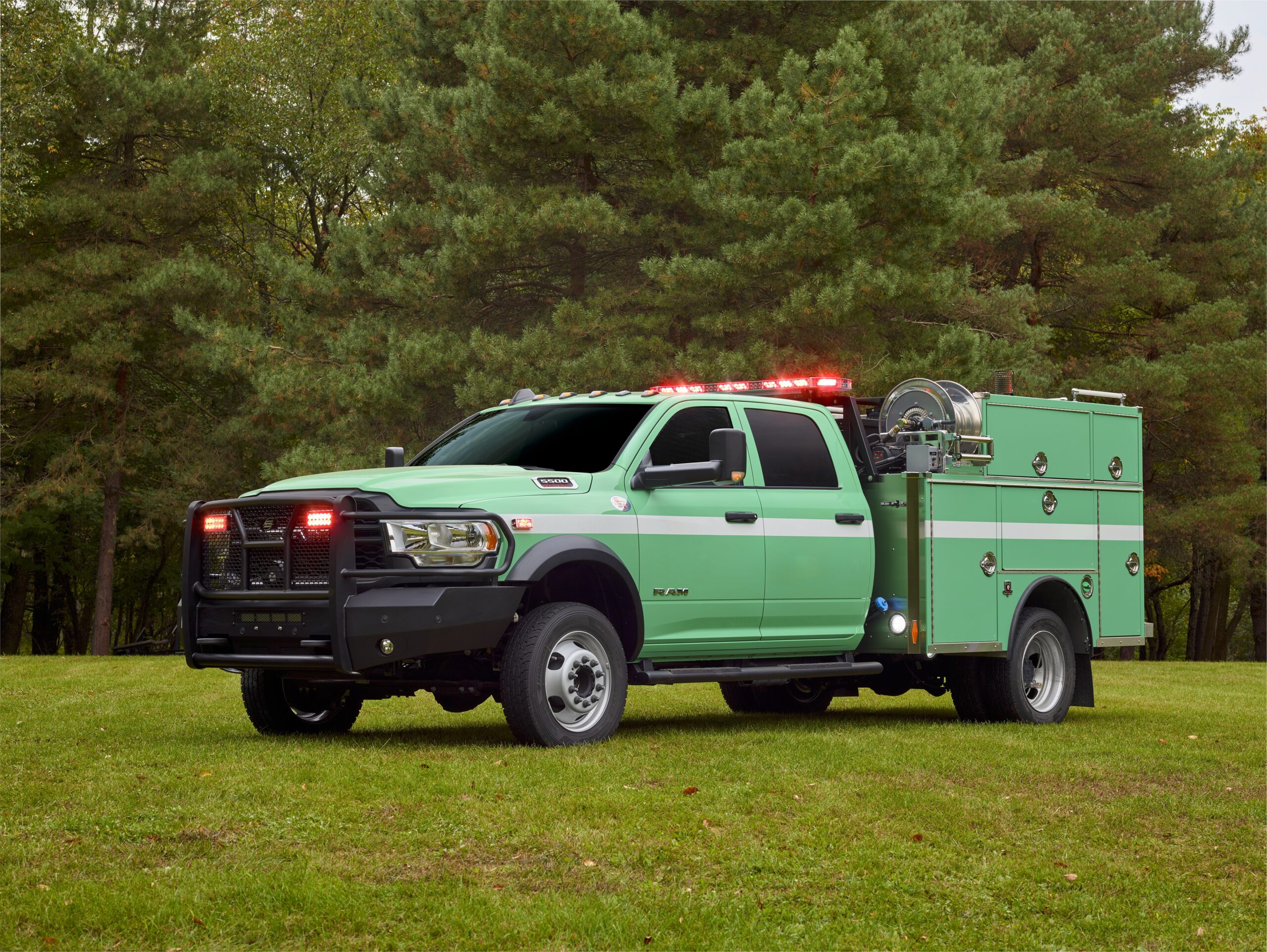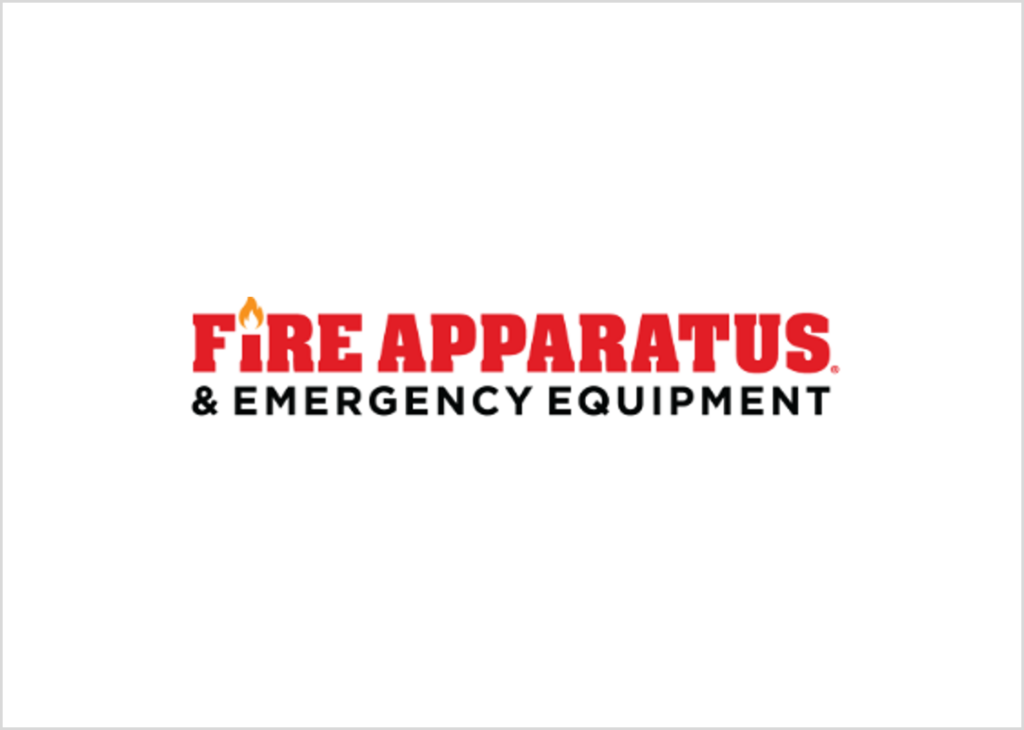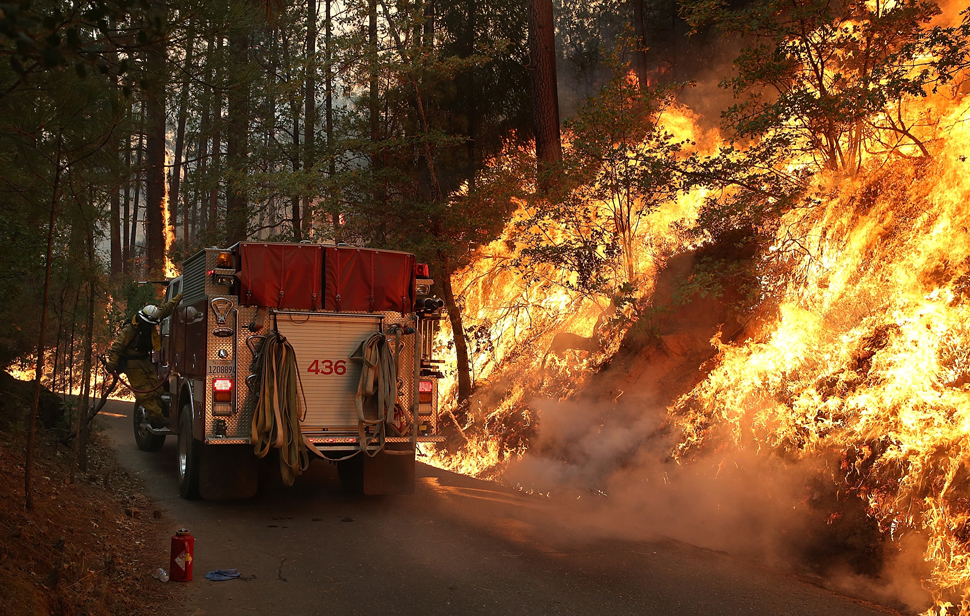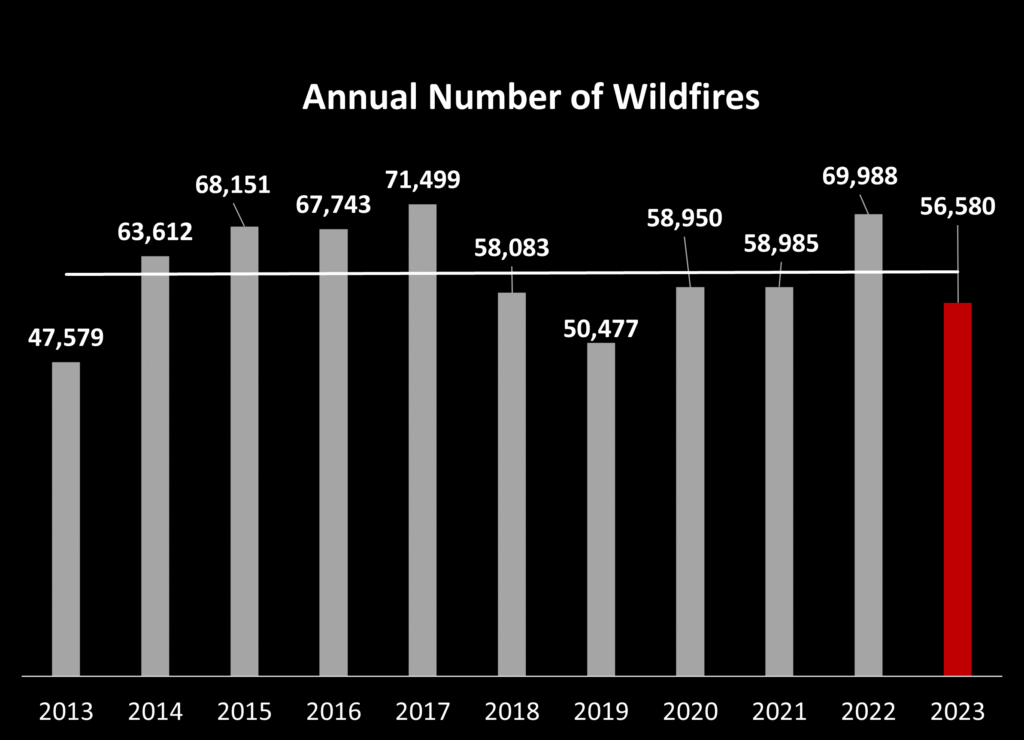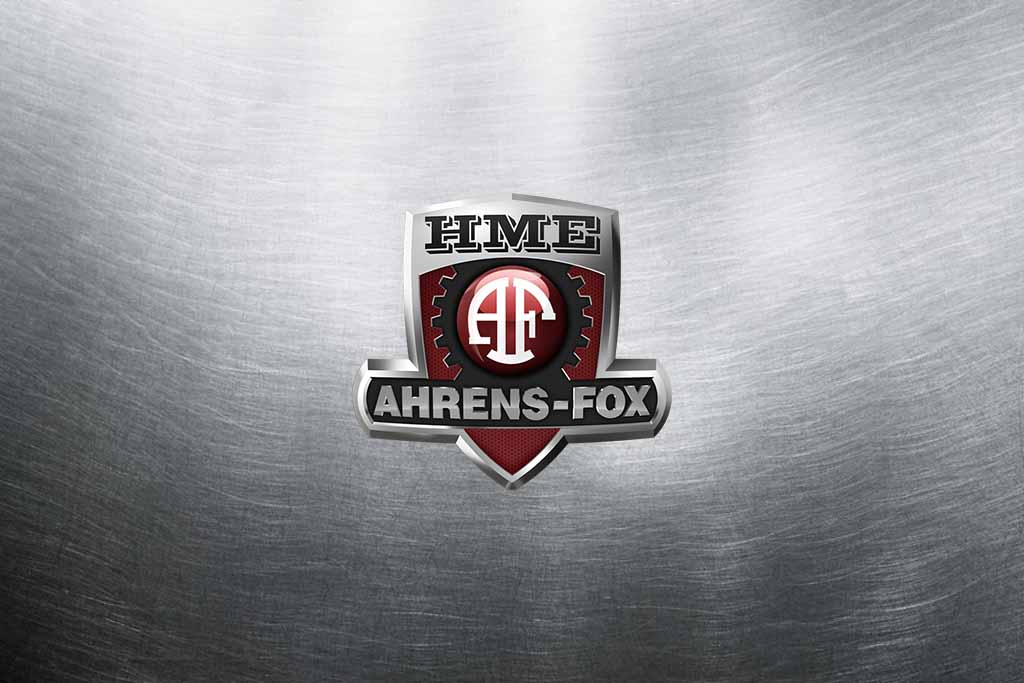Exploring the Essential Wildland Fire Truck Types: Type 1, Type 3, and Type 6
Explore the essential wildland fire truck types and their unique defining characteristics. Wildland apparatus operate in virtually all environments from urban, suburban, rural and wildland environments. They perform primarily wildland suppression duties but also routinely provide exposure and structural protection, and occasionally, interior fire attack (if properly equipped and staffed).
Wildland fires pose a significant threat to both natural landscapes and human settlements. Fighting these fires requires specialized equipment, including a range of fire trucks designed to navigate rough terrain and combat flames in remote areas where traditional firefighting vehicles may struggle to access. Among the most crucial assets in the arsenal of firefighting resources are Type 1, Type 3, and Type 6 wildland fire trucks, each uniquely suited to different environments and operational needs.
Type 1 Wildland / Urban Interface Fire Trucks: Powerhouses in Extreme Environments
Overall, 87 percent of US fire departments perform wildland and WUI firefighting. This duty is more common among very large and very small departments.
- Overall, 78 percent of the departments that perform wildland and WUI firefighting operations have unmet needs, and these needs are more pronounced in smaller departments.
- Seven out of ten (71 percent) departments would have to go to at least the state level to obtain the resources necessary to deal with a wildfire incident affecting more than 20 structures.
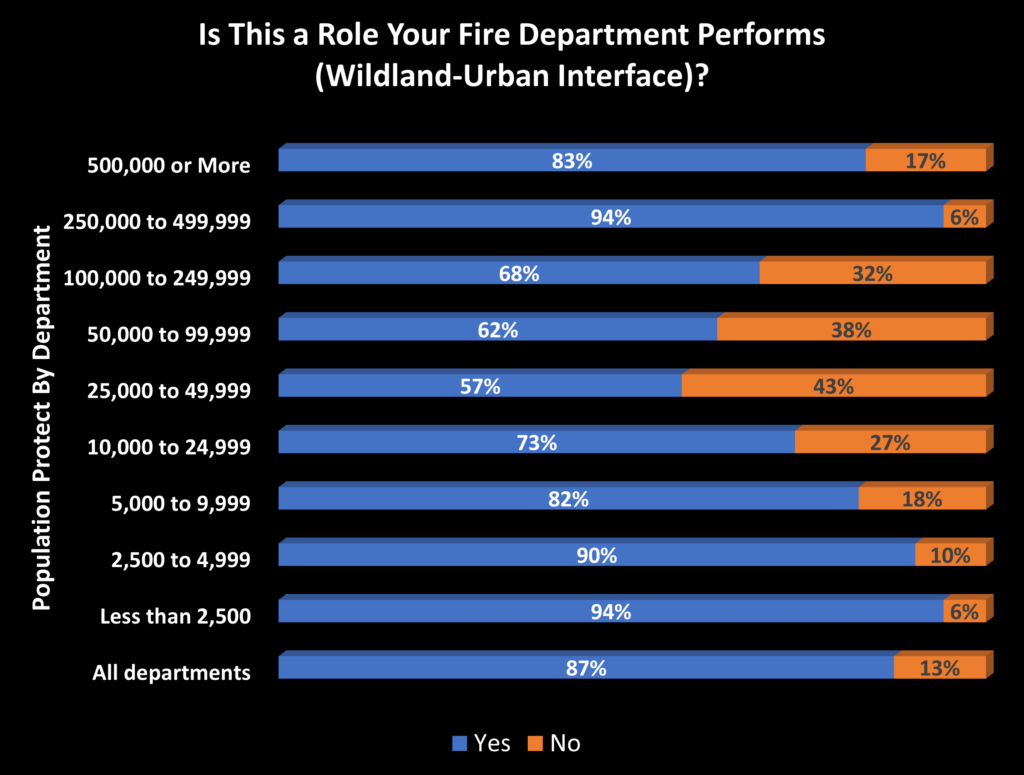
Source: NFPA Research: WUI-5
Nearly half (48%) of all fire departments responsible for protecting structures in the WUI cannot handle a fire involving more than one structure on their own. Ninety seven percent (97%) of departments cannot handle an incident involving more than 5 structures on their own.
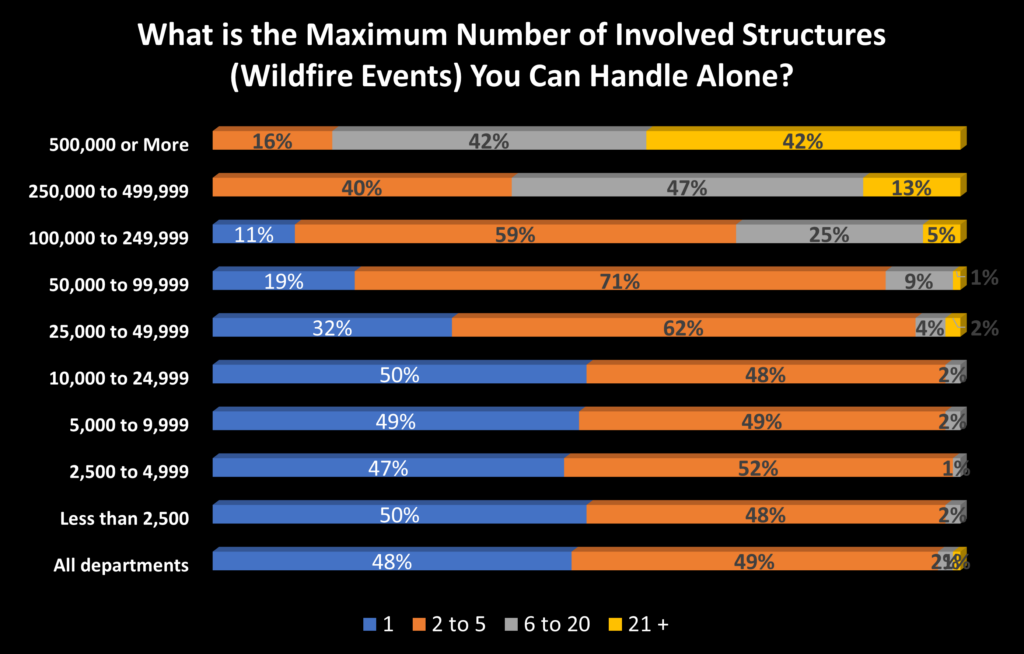
Source: NFPA Research: WUI-5
Type 1 wildland fire trucks, often referred to as “brush trucks” or “brush rigs,” are the heavyweights of wildland firefighting. These rugged vehicles are designed to operate in the most extreme conditions, including steep terrain, dense forests, and challenging weather. They typically feature powerful engines, robust suspension systems, and high clearance, enabling them to traverse rough terrain with ease.
One of the defining features of Type 1 fire trucks is their large water capacity and pumping capabilities comparative to the other wildland fire truck types. Equipped with onboard water tanks, pumps, and hoses, these trucks can deliver a substantial volume of water directly to the fire line, helping to suppress flames and protect surrounding areas. Additionally, Type 1 trucks should be fully 1901 compliant and may carry foam or other fire retardants to enhance their firefighting effectiveness. Pump and roll capabilities are optional.
In terms of size and maneuverability, Type 1 fire trucks vary widely. Some models are built on modified commercial chassis, while others are custom-built on heavy-duty off-road platforms. Regardless of their specific design, Type 1 trucks are indispensable assets in combating large, fast-moving wildfires in rugged terrain.
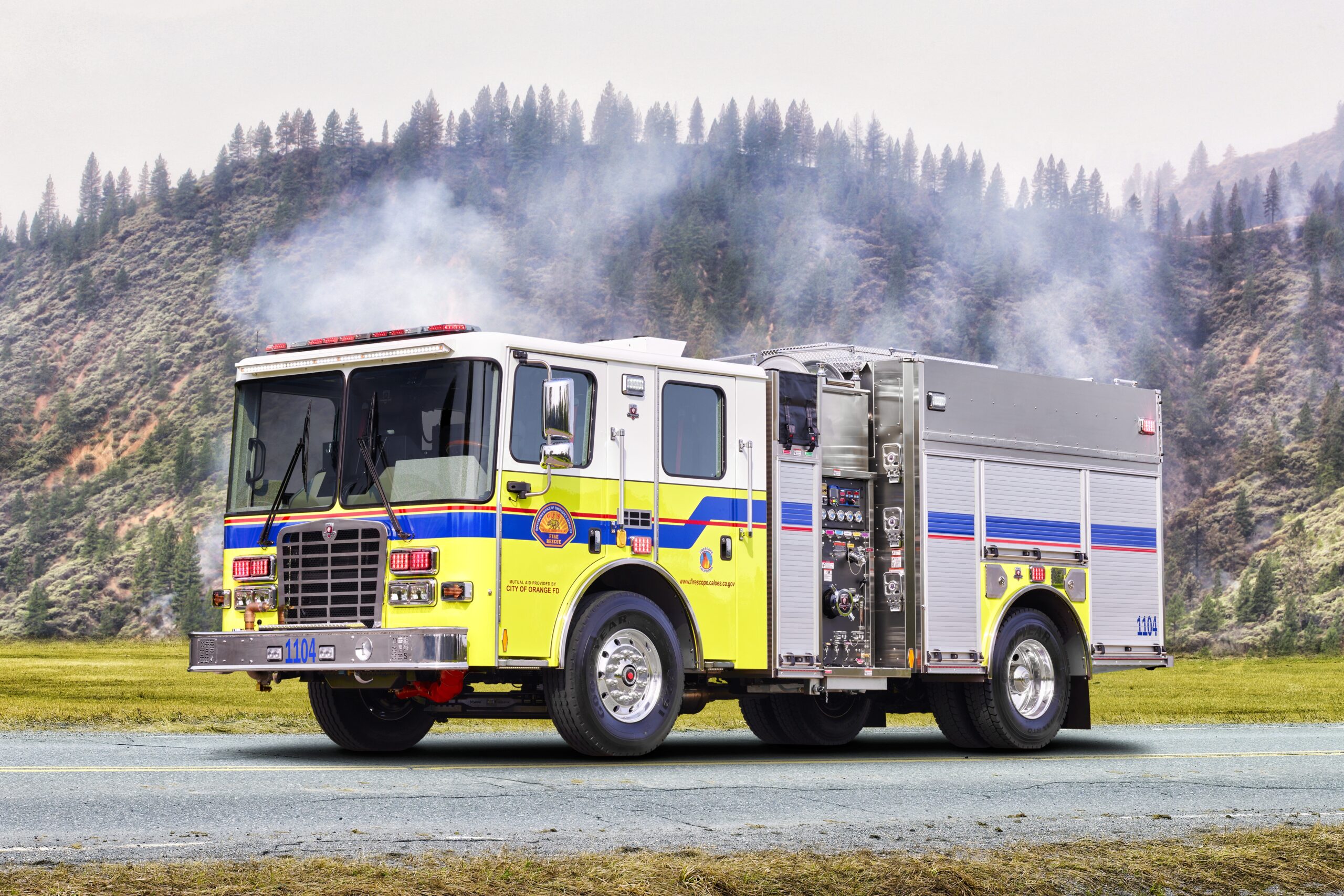
Type 3 Medium – Heavy Wildland Fire Trucks: Versatile Workhorses for Various Environments
Type 3 wildland fire trucks, also known as “initial attack vehicles” or “brush trucks,” occupy a middle ground between the heavy-duty capabilities of Type 1 trucks and the agility of Type 6 trucks. These vehicles are highly versatile, making them well-suited for a wide range of firefighting operations, from initial response to extended suppression efforts.
Unlike their larger Type 1 counterparts, Type 3 fire trucks are typically based on commercial truck chassis, offering a balance of power, maneuverability, and affordability. They frequently feature four-wheel drive capabilities and sturdy construction to navigate rough terrain while carrying essential firefighting equipment (pumps, hoses, and hand tools). Pump ratings are 500 GPM (with pump and roll) but 1901 compliance is not required. Federal specifications include 250 GPM, foam, front discharge, rear pump controls, booster reels and a 600-gallon tank.
Type 3 trucks excel in scenarios where rapid deployment and mobility are critical, such as initial attack missions to contain small fires before they escalate. Their compact size allows them to access remote areas and narrow trails where larger vehicles cannot reach, making them indispensable assets for fire agencies tasked with protecting wildland-urban interface areas.

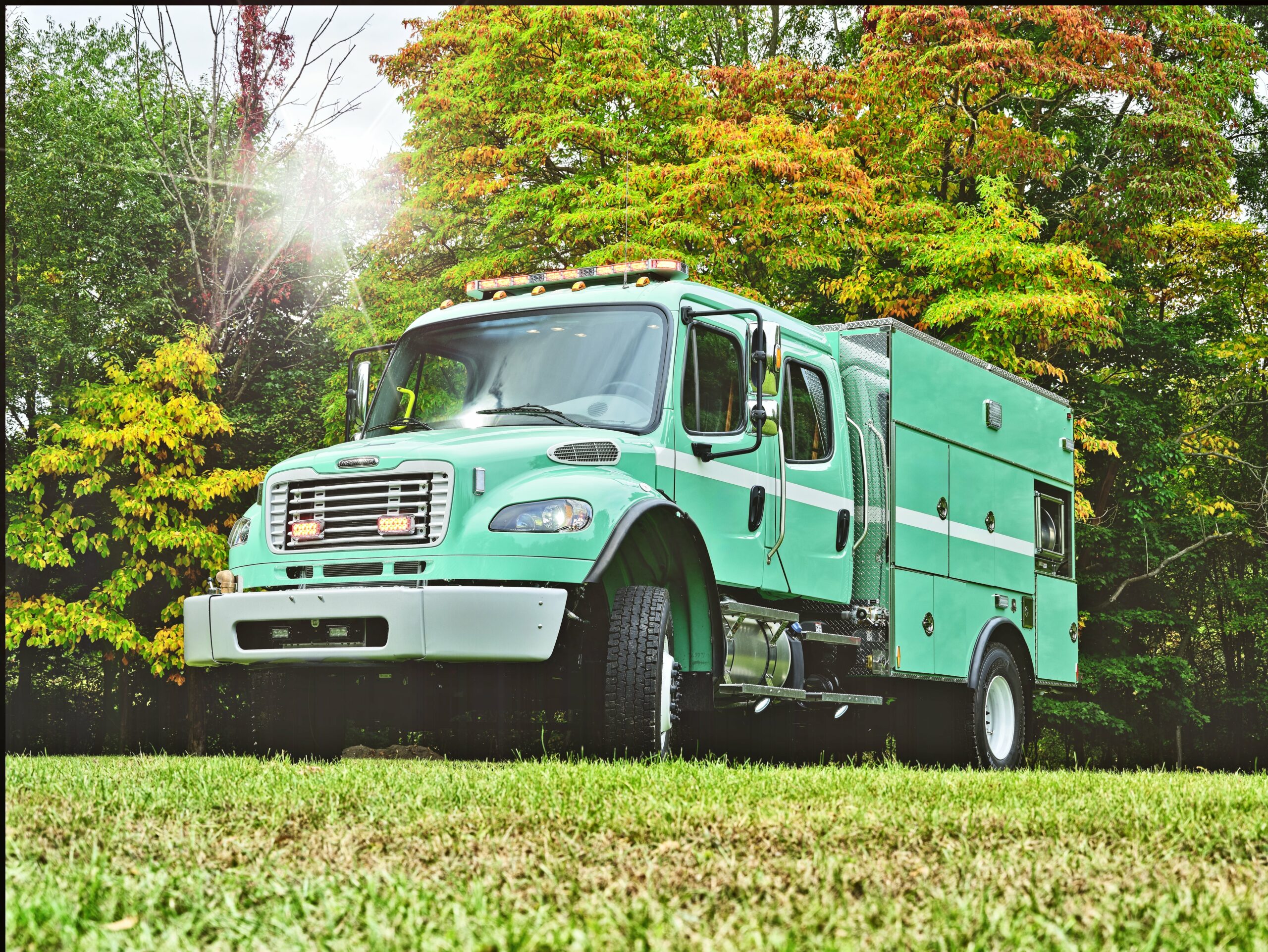

Type 6 Light Wildland / Patrol Fire Trucks: Agile Responders for Limited Access
Type 6 wildland fire trucks, commonly known as “brush trucks” or “quick-attack units,” are the nimblest members of the wildland firefighting fleet. These compact vehicles are specifically designed for rapid response and deployment in areas with limited access, such as narrow trails, rugged terrain, and dense vegetation.
Out of all the wildland fire truck types, Type 6 is characterized by their lightweight construction and agile maneuverability, Type 6 fire trucks are typically built on standard pickup truck or SUV chassis. They feature four-wheel drive capabilities, skid plates, and reinforced bumpers to navigate rough terrain while minimizing the risk of damage to the vehicle. Type 6 trucks are built on commercial chassis (gas and diesel), have self-contained booster reels, foam, front discharge, up to 500 gallon booster tanks, rear controls as well as pump and roll.
Despite their smaller size, Type 6 trucks are equipped with essential firefighting equipment, including water tanks, pumps, hoses, and hand tools. While they may have lower water capacity and pumping capabilities compared to Type 1 and Type 3 trucks, their agility and speed make them invaluable for quickly containing and suppressing small fires in remote areas.

